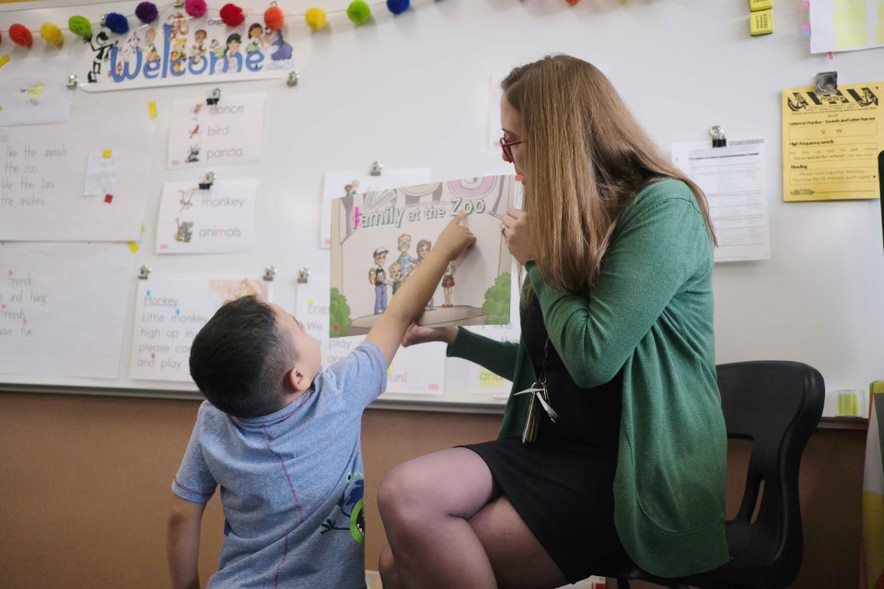Computers, cell phones, apps, Facebook, iPads, Twitter—this is only a small few of the seemingly infinite number of technology tools and devices available today that offer access to a wealth of information on just about any topic. You would think access to all of these tools would help shrink the achievement gap between the economically disadvantaged and their more affluent peers, right?
An article from MindShift discusses findings from two researchers who wanted to find out for themselves. They conducted a study comparing young people in two libraries, one located in an affluent neighborhood and one in an economically-deprived neighborhood. They found that even though both sets of students had access to information with the library computers, they used those computers very differently. The students in the affluent neighborhood library were more likely to be guided and supported by accompanying adults and spent more time reading and doing homework-related searches, while the students in the economically-disadvantaged neighborhood library received little or no support from accompanying adults, got frustrated, spent less time reading informational text or using the computer for homework, and more often used the computer for games and entertainment. The article notes, “While technology has often been hailed as the great equalizer of educational opportunity, a growing body of evidence indicates that in many cases, tech is actually having the opposite effect: it is increasing the gap between rich and poor, between whites and minorities, and between the school-ready and the less-prepared.”
In this tech-driven world where cell phones, texting, email, and the internet have changed the way people communicate with each other, the face-time interaction between teacher and learner, as well as students and peers, is essential to promoting social, language, and literacy development in young learners. Here are just a few benefits of face-to-face learning in the classroom:
- Students can ask questions and get immediate feedback from their teachers.
- Teachers can engage students by asking open-ended questions, drawing them into a real-time discussion and helping them make connections between the words or activity and their own lives, which expands their comprehension of the language being used.
- Students watch their teachers and learn the meaning of words and phrases through modeling, visual cues, and inflection.
- If a student is struggling with something in the lesson, the teacher can provide instant support.
- Children develop important social skills and increase self-confidence by working together with other students.
- Students learn to think outside of themselves, develop an appreciation of diversity, and build strong relationships as they spend time interacting.
- Nothing gets lost in translation because of a screen.
The developers of GrapeSEED understand the importance of children having face time with their teacher and classmates, which is why the program is implemented in the classroom under the direction of a GrapeSEED-trained teacher. Teachers are trained in providing a low-stress, supportive environmentthat fosters oral language acquisition and critical listening development. By being right there with their students, teachers can model and work with the children to make sure they are learning the meaning of the words as they learn to correctly speak and then write them. And with the help of an excellent GrapeSEED Support team, teachers can make sure they are giving their students the best chance for success in language and literacy development.
Technology is a great tool for learning, which is why GrapeSEED implements DVDs for repeated exposure and practice at home as well as in the classroom, but as we saw in the study of students in the libraries, children need that adult support and guidance to keep them on track for successful learning. GrapeSEED provides students the opportunity to clearly communicate, learn, and grow together with teachers and fellow students, while building solid relationships, self-confidence, and a better future.






